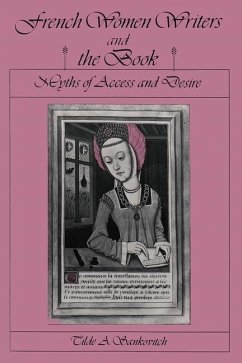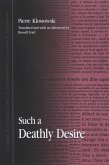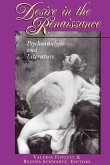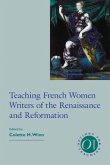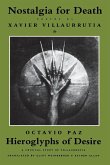Women have been largely excluded from the world of myths-those meaningful stories we tell in order to explain, interpret, and arrange or rearrange our experiences, histories, and ourselves. Even when women are present in male myths, it is often as caricatures, such as the femme fatale, the odalisque, or the earth mother. It has been especially in the area of expression--of the book, writing and literature--that the absence of women's myths has been detrimental. Marie de France (12th-13th centuries) used the myth of an imaginary Celtic past as a way to gain access to writing. Madeleine and Catherine des Roches (mother/daughter, mid-16th century) drew upon their classical knowledge to create an original myth of the female muse. Marie de Gournay (16th-17th centuries) turned to France's mythical past and to Plato's Greece for the material to envision a self-portrait of an androgynous hero. Sankovitch completes her study with two modem writers: Simone de Beauvoir and Helene Cixous. De Beauvoir developed her mythic structures to liberate and affirm her (and all women's) place in the intellectual and artistic worlds. In Cixous's mythmaking, which she sees as inseparable from access to writing, myth transforms female experience into a completely new and unrepressed existence and writing. Through their separate uses of myth, these two modem writers add individual dimensions to those created by the four early writers, yet the same underlying needs and desires are present throughout--the drive to establish themselves in the world of the Book. French Women Writers and the Book will appeal to medievalists, Renaissance and contemporary scholars, and those interested in feminist criticism and women's writing.

